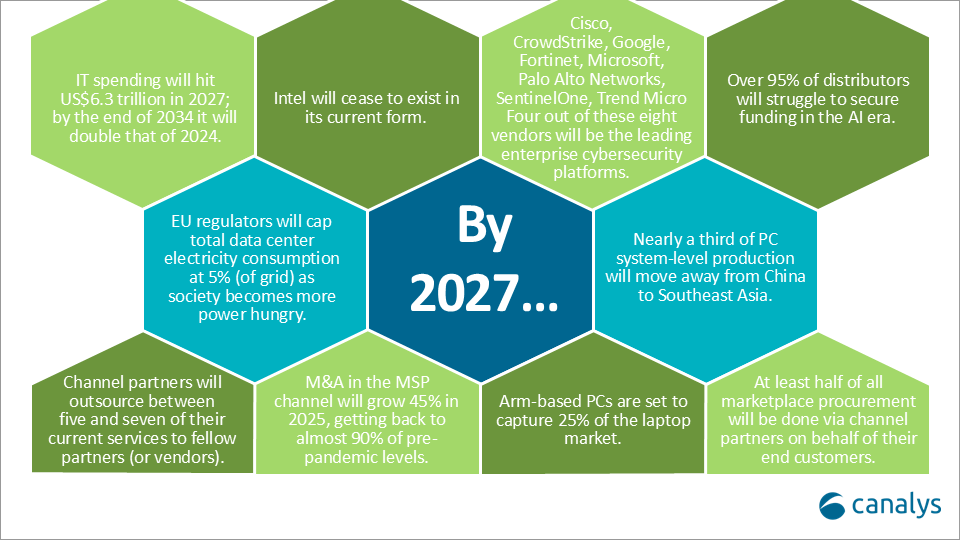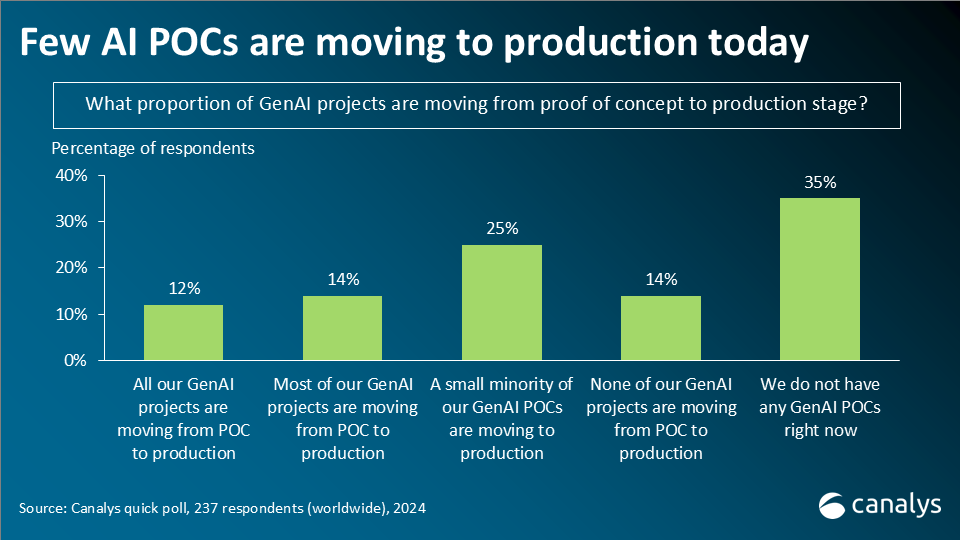Expanded Scale and Leadership in B2B: From R&D to ROI
With a combined permissioned audience of 50+ million professionals, TechTarget and Informa Tech’s digital businesses have come together to offer industry-leading, global solutions that enable vendors in enterprise technology and other key industry markets to accelerate their revenue growth at scale.

India's Union Budget 2025-2026: a catalyst for EV growth in India
India's Union Budget 2025-2026 marks a transformative shift toward electric mobility, with substantial increases in funding for EV infrastructure and manufacturing incentives. The budget aims to boost domestic consumption, support traditional automotive sectors and drive India toward becoming a global hub for EV manufacturing. With a focus on strategic execution and industry collaboration, the automotive sector has a pivotal opportunity to innovate and align with India's push toward a cleaner, greener future.
India's passenger vehicle market is projected to retain its position as the third largest through 2030, exhibiting growth potential even as other major markets plateau. With the Union Budget 2025-2026 now announced, the government is doubling down on its commitment to EVs by substantially increasing the total budget of the automotive sector, nearly doubling (+74%), from ₹4,306.81 crores (US$ 495.28 million) in FY2024 to ₹7,484.61 crores (US$ 859.24 million) in FY2025.
The budget for the PM E-Drive Scheme which was launched in 2023 to replace the FAME scheme, witnessed a massive 114% increase to ₹4,000 crores (US$460 million) to boost EV charging infrastructure. Additionally, the PM e-Buses scheme received ₹510 crores (US$58.7 million), underscoring a strong focus on public transport electrification to curb urban pollution. The huge PLI (Production Linked Incentive – offers financial incentives to OEMs) jump of 713% for automotive components and batteries demonstrates a commitment to domestic manufacturing and supply chain development. These positive changes indicate a clear strategic realignment toward supply-side incentives and infrastructure development for EVs.
Strengthening the EV ecosystem: a multi-pronged approach
The Indian Union Budget 2025-2026 includes limited direct transformative features needed for India to become a global hub for EV manufacturing. However, it addresses a significant obstacle – battery costs. The push for local production of EV components such as batteries, motors and controllers is a game-changer as:
- It reduces import dependence. To address material security, expanding the fully exempt list to include 35 capital goods for EV battery manufacturing, notably cobalt and lithium-ion battery scrap, is a key step. This will benefit manufacturers approved under the Advanced Chemistry Cell - PLI scheme and help them meet the domestic value-addition criteria. While a positive move, investing in R&D for alternative battery technologies like sodium-ion or multi-ion should be prioritized alongside these duty adjustments. This approach would enhance India’s long-term self-reliance and reduce the risks of over-reliance on a single battery chemistry.
- OEMs can leverage the duty exemptions and incentives, and localize supply chains to invest in battery technologies, reduce costs, and align with India’s net-zero emissions target. The EV charging infrastructure development players and commercial players can tap the opportunity in heavy-duty vehicle segments.
Boosting domestic consumption: a key enabler for EV demand
A key highlight of the Union Budget 2025-2026 is the increase in the income tax exemption limit, allowing individuals to earn up to ₹12 lakh (approximately US$14,000) without paying taxes. This move directly enhances disposable income, especially for salaried professionals, influencing consumer behavior.
This policy shift could catalyze demand in the automotive sector, particularly in the large entry-level and compact segments, where EVs are still struggling to make meaningful gains. The affordable EV segment presents an opportunity, as consumers may find EVs more viable and attractive than ICE vehicles.

Canalys estimates show that growth has moderated in the past couple of years, but continued double-digit expansion demonstrates the increasing acceptance of EVs in India. This underscores the importance of sustained government support and strategic investments to maintain momentum and achieve EV adoption targets.
Manufacturers should focus on entry-level EV models with competitive pricing to attract buyers, given the anticipated increase in disposable income. Marketing campaigns should emphasize affordability, sustainability and long-term savings associated with EV ownership.
Beyond EVs: supporting the traditional automotive sector
While the new budget focuses on EV growth, it also acknowledges the needs of the traditional automotive sector, providing minor but significant provisions like the 2.5% reduction in custom duties on car seats. Diversifying portfolios to include both ICE vehicles and EVs, while also focusing on EV adaptation strategies, will help companies stay competitive in an evolving market.
In alignment with these, Tata Motors, a key player in the Indian EV market, has plans to launch six new models by 2026 and invest US$2.2 million in its EV division by 2030. Also, Maruti Suzuki plans to launch its first of six planned EVs by 2030, the eVX, in Q1 2025 and aims to export to Japan and Europe. Similarly, their competitors like MG Motors and others have their respective strategies to expand their EV variants to achieve their EV targets by the end of this decade.
Navigating challenges and seizing the EV opportunity
India’s shift to electric mobility faces challenges like simplifying GST and expanding PLI schemes. While incentives are crucial, they must not overshadow business complexities in the country. Collaboration between policymakers and industry leaders is key to making India a global EV hub, while businesses must stay agile to seize opportunities.
The Indian Union Budget 2025-2026 presents a key opportunity to scale EV infrastructure and domestic manufacturing. Success depends on industries focusing on innovation in battery technology, boosting local production and strong public-private partnerships. The automotive sector must align with these priorities to drive a greener and sustainable transition.







